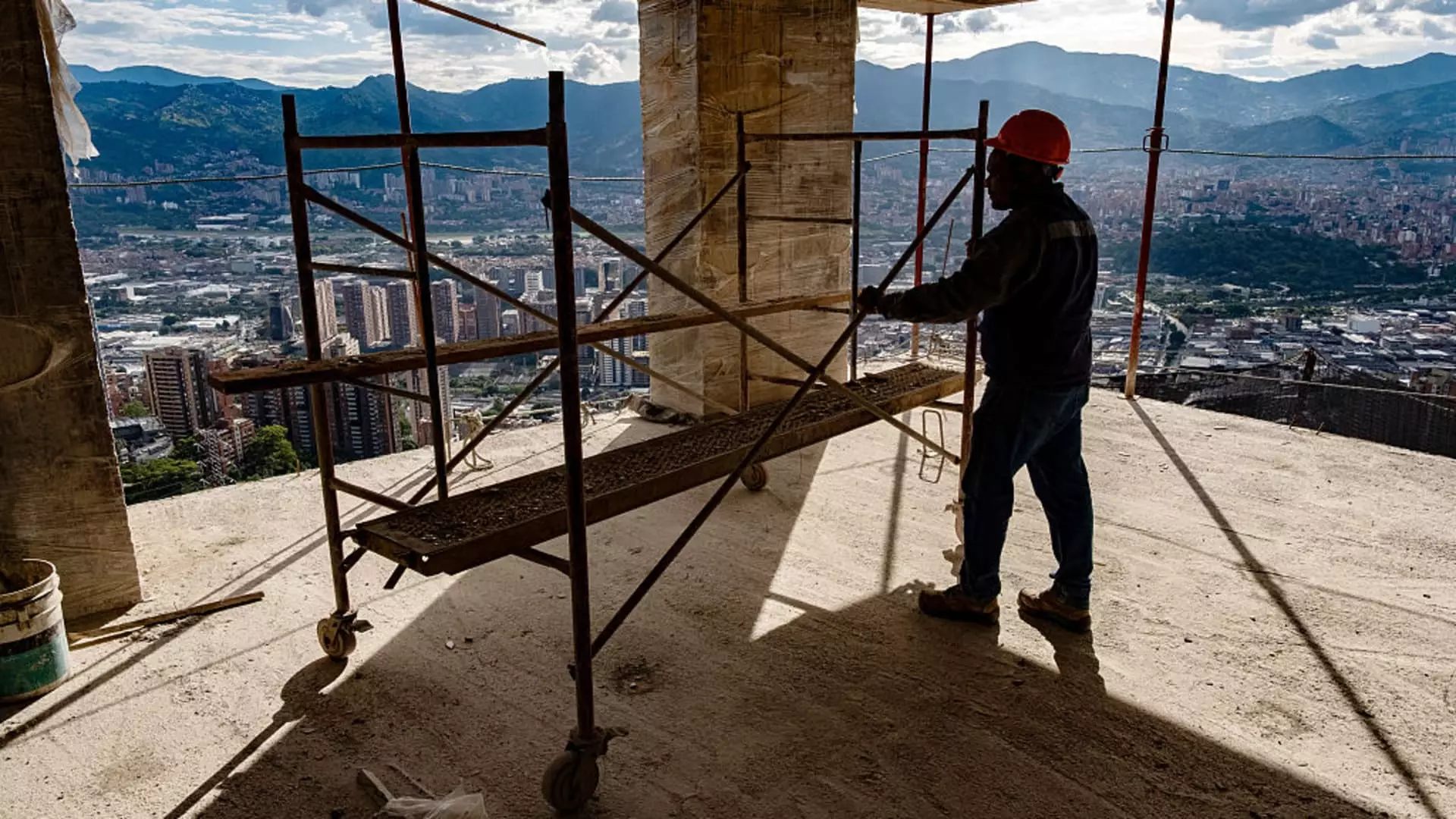Despite being one of the most vital sectors in the economy, the construction industry lags drastically behind in adopting digital technology. For decades, modernization efforts have been hampered by a culture resistant to change, legacy processes, and the sheer complexity of projects that span years and involve countless stakeholders. This stagnation is not just an inconvenience; it’s a threat to global productivity and environmental sustainability. As we stand on the cusp of a technological renaissance, the industry’s failure to adapt risks falling further behind, leaving room for more efficient, innovative competitors to seize market share. The persistent underinvestment—less than one-third of other manufacturing sectors—underscores a systemic issue rooted in tradition rather than lack of necessity.
The Cost of Clinging to Old Methods
Construction today wastes nearly a trillion dollars annually—an astronomical figure that highlights the enormous inefficiencies baked into its traditional practices. Manual documentation, fragmented communication, and error-prone workflows inflate costs and extend timelines, often by years. The environmental impact is equally troubling; inefficiencies cause redundant work that spins off unnecessary carbon emissions. This industry, historically slow to accept digital transformation, now faces mounting pressure to justify its resistance. Every misstep, every duplicated effort is a clear sign that the sector’s outdated approach is no longer sustainable, especially in an era where environmental accountability is more urgent and consumer demands for green practices are rising.
From Tragedy to Innovation: The Personal Catalyst
Sarah Buchner’s journey exemplifies how personal tragedy can serve as a catalyst for meaningful change. Having worked her way up in the construction world and experiencing a fatality firsthand, Buchner saw the urgent need for safer, smarter construction practices. Her pivot from traditional construction roles to the software industry was driven by a desire to prevent similar tragedies through better information management and risk mitigation. Her development of a health and safety app wasn’t just about accident prevention; it was a broader statement about the critical need for technological intervention to optimize safety and efficiency. Her subsequent venture into AI startup space reflects a deeper understanding: that the real barrier isn’t the lack of technology but the reluctance to embrace it.
Harnessing AI for a More Competitive Industry
The deployment of artificial intelligence in construction is not merely a futuristic fantasy; it is an urgent necessity. Programs like Trunk Tools represent a turning point—expanding the industry’s capacity to manage vast quantities of unstructured data, reduce errors, and streamline complex workflows. For example, a high-rise project in New York City with nearly 3.5 million pages of documentation exemplifies the scale of the challenge. Manually sorting through such data is prohibitively time-consuming and expensive, often leading to conflicts, delays, and waste. AI-powered platforms can transform these mountains of data into accessible, actionable insights, enabling teams to anticipate risks, clarify conflicting instructions, and reduce environmental impact—all while cutting costs. Partnering with leading corporations like Microsoft signifies a recognition that digital tools are no longer optional but mission-critical.
The Road Ahead: Risks and Opportunities
Investments like the $40 million Series B funding round echo the shifting sentiment: while the industry’s slow pace of change has been a historical hindrance, there is now a palpable move toward embracing innovation. Yet, several hurdles remain, including entrenched company cultures, lack of digital literacy, and the high upfront costs of transformation. Nevertheless, the potential gains—improved safety, reduced costs, lower environmental footprints—are irresistible incentives. For those industry players willing to challenge the status quo, the opportunity is vast: to shape a more resilient, efficient, and sustainable construction ecosystem. Those who hesitate, however, will find themselves increasingly marginalized in a marketplace that rewards agility and technological leadership.
The future of construction hinges on a simple truth: modernization isn’t optional. It’s a necessity that will determine which firms thrive and which fade into irrelevance. While the path forward is fraught with resistance and risks, innovators like Sarah Buchner demonstrate that the industry’s most enduring obstacle—its own reluctance to change—can be overcome. Embracing digital transformation is no longer a matter of choice; it’s an imperative for a sustainable, profitable, and smarter construction industry.

